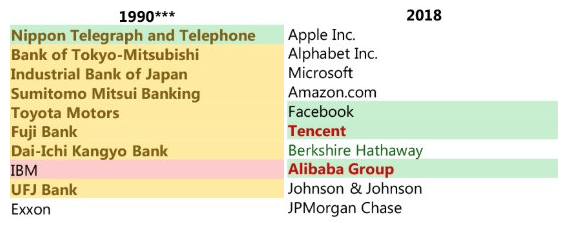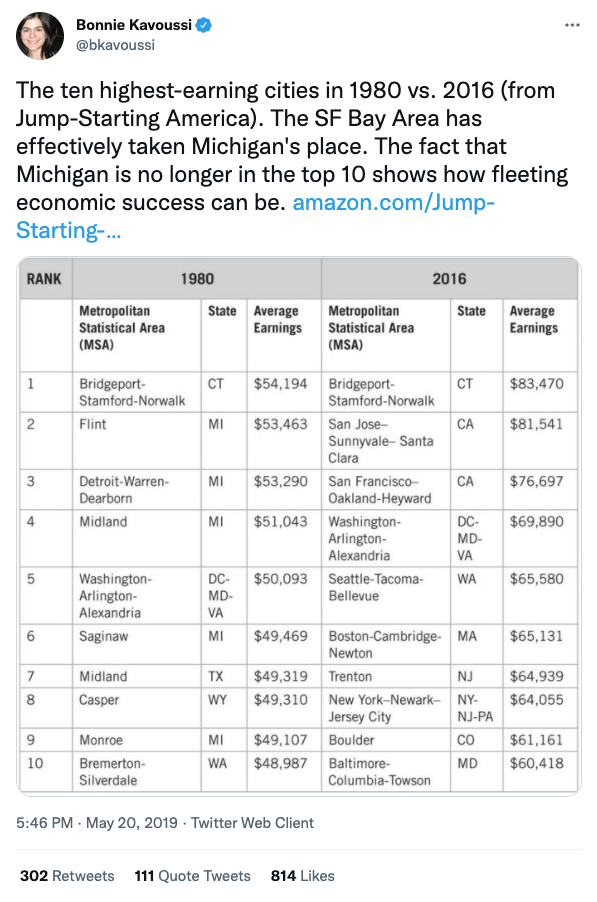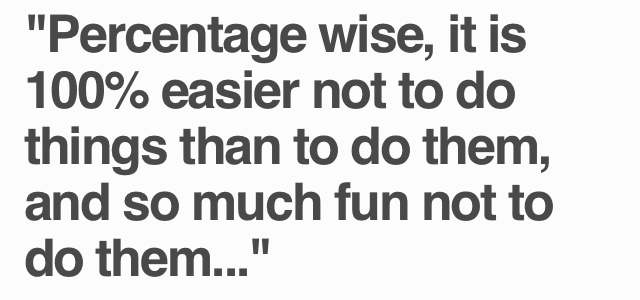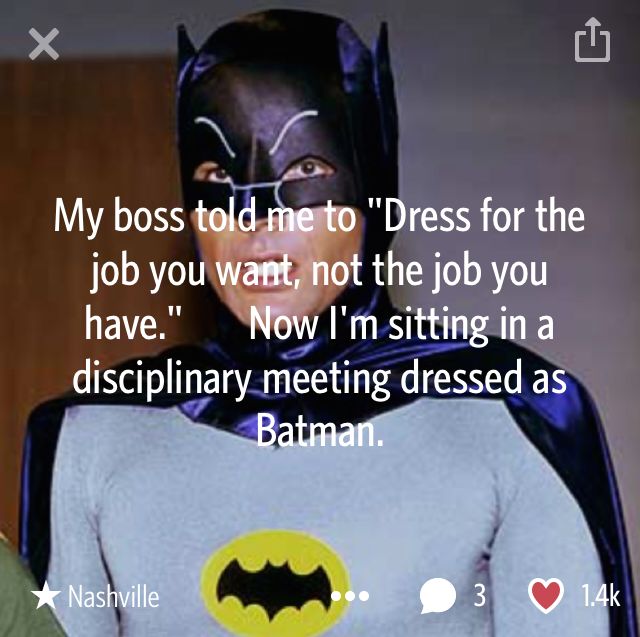These are my slides/notes from a First Opinion company all hands presentation I gave in February 2016

What do you think of when you think of constraints?

Maybe you think of this?

Or this?

I think of creativity, because constraints breed creativity.

Look no further than music
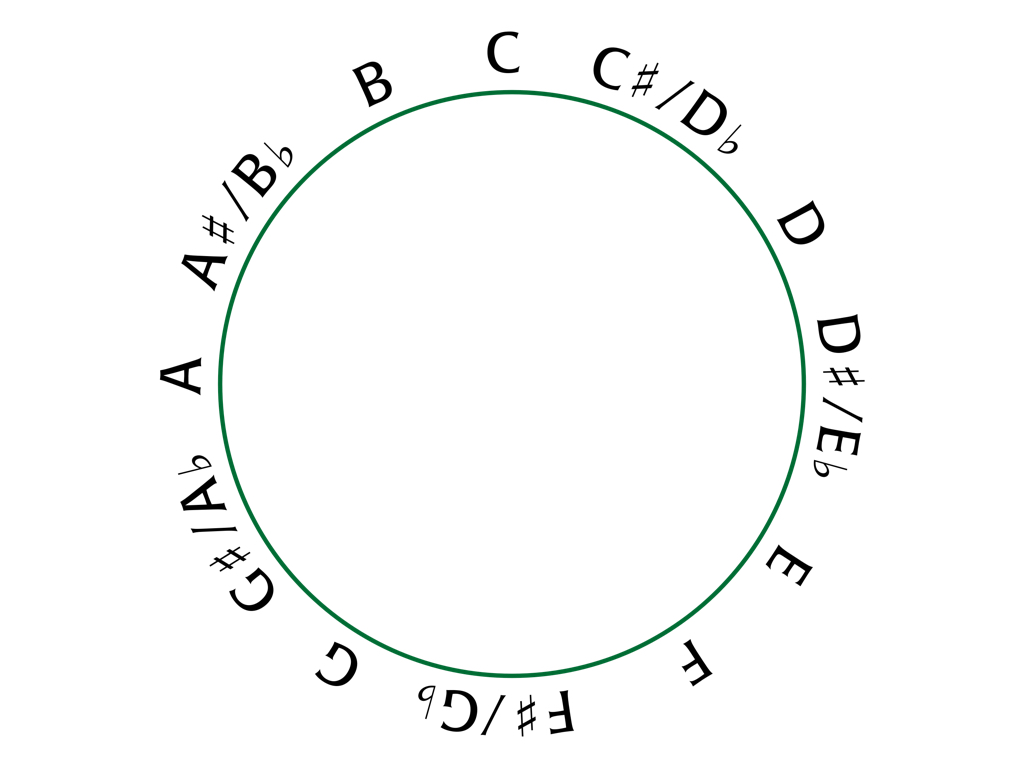
12 notes, that's all you get! These 12 notes give us everything from Beethoven's 5th symphony to Hanson's MMMBop, and everything in between. They all use the same set of 12 notes1

Another example...
LEGOS!!!!! Simple lego bricks like this…

Give us things like this...

or this...

And, of course, because we’re in San Francisco, I couldn't resist this last example.
Any other examples you can think of where constraints breed creativity?

So what happens when you don't have constraints?

Star Wars, 1977, the original. $11 million dollars with a 94% rotten tomatoes score.

Star Wars Episode 1 - The Phantom Menace. The very definition of no constraints. George Lucas had complete control, from script and casting all the way down the line to post processing.
$115 million dollars, 56% on rotten tomatoes.
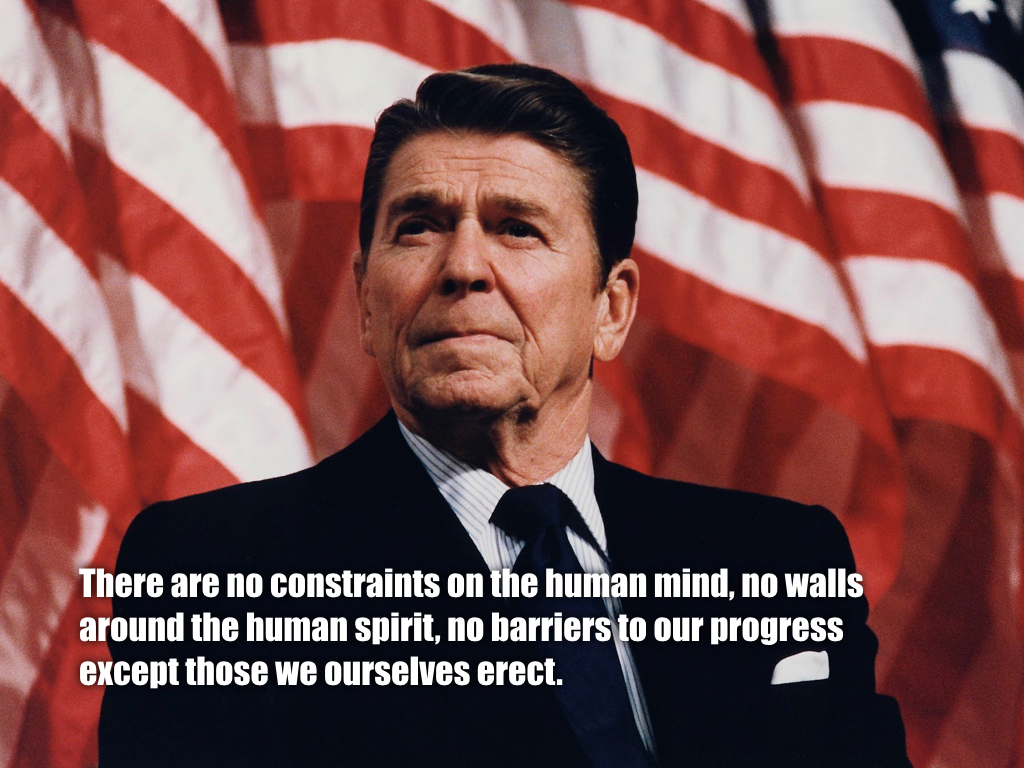
There are no constraints on the human mind, no walls around the human spirit, no barriers to our progress except those we ourselves erect.
-Ronald Reagan
So why do we set deadlines? And pare down feature sets? And don't just hire more developers and designers and product people? Because we are, to some extent, erecting constraints to increase our creativity and productivity as a company.
From The Inmates are Running the Asylum:
In the 1980s and 1990s, Royal Farros was the vice president of development for T/ Maker, a small but influential software company. He says, "A lot of us set deadlines that we knew were impossible, enough so to qualify for one of those Parkinson's Law corollaries. 'The time it will take to finish a programming project is twice as long as the time you've allotted for it.' I had a strong belief that if you set a deadline for, say, six months, it would take a year. So, if you had to have something in two years, set the deadline for one year. Bonehead sandbagging, but it always worked."

Below is an excerpt from when we launched First Opinion
We released our first real public version to the app store right before Thanksgiving, which in retrospect might not have been the best idea since most of us left on vacation immediately after. McKay wanted to be very hands on with the matching in the first release. ... So when a new user signed up, McKay would get a notification, he would look over their details and decide which doctor would be right for them.
And since I was going to be visiting my wife's family, I wanted to make sure those matching notifications were rock solid, because if McKay wasn't getting notified, the user wasn't getting matched with a doctor. So I rigged the server to send an email, a text message, and a push notification for each new user that signed up.
Over the next couple of days, First Opinion steadily climbed the app store rankings, moving into the top five apps in the medical category, and McKay's phone blew up with notifications, three at a time, to the point where he couldn't get any sleep because his phone was buzzing every few minutes ... On the flip side, each of our doctors was getting inundated with tons of new users every hour, all with a question or two to ask.
During this time, we were operating under the gun, as we were working to reconcile our growth with the amount of doctors we didn't have (we launched with only a few doctors but gained thousands of users in those first couple of days).
But as we scrambled to handle the load we figured out some incredible features of our Doctor application that helped our doctors manage the load, these are features we still use to this day, but they were created while we were working under intense pressure (which is a constraint) to handle our user load with the few doctors we had at the time.
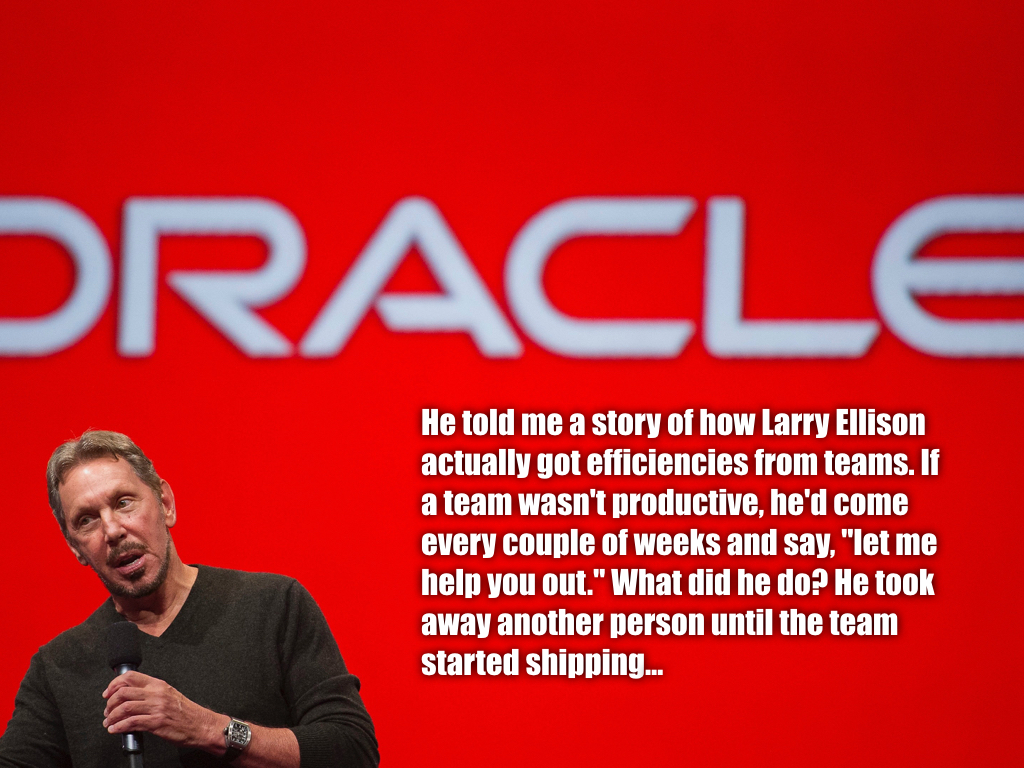
He told me a story of how Larry Ellison actually got efficiencies from teams. If a team wasn't productive, he'd come every couple of weeks and say, "let me help you out." What did he do? He took away another person until the team started shipping…
I'm Closing with this quote because I think it perfectly encapsulates why we need constraints.
Supplemental Material
A few months after I gave this presentation, this tweet came through my stream, which I think is relevant...
"Constraint actually fuels innovation. Good constraint keeps people focused." Beth Comstock, new Vice Chair of GE pic.twitter.com/HEuqWxvsWH
— Bill Gross (@Bill_Gross) May 5, 2016
Road Runner and Coyote
I also got pointed to these Road Runner and Coyote Rules, as recorded by Jason Kottke in 2012:
- The Road Runner cannot harm the Coyote except by going "meep, meep."
- No outside force can harm the Coyote -- only his own ineptitude or the failure of Acme products. Trains and trucks were the exception from time to time.
- The Coyote could stop anytime -- if he were not a fanatic.
- No dialogue ever, except "meep, meep" and yowling in pain.
- The Road Runner must stay on the road -- for no other reason than that he's a roadrunner.
- All action must be confined to the natural environment of the two characters -- the southwest American desert.
- All tools, weapons, or mechanical conveniences must be obtained from the Acme Corporation.
- Whenever possible, make gravity the Coyote's greatest enemy.
- The Coyote is always more humiliated than harmed by his failures.
- The audience's sympathy must remain with the Coyote.
- The Coyote is not allowed to catch or eat the Road Runner.
And while the rules might not have actually existed, the cartoons--of which there are 48 shorts, a half-hour special, and one full length movie--follow them pretty closely. 11 rules, ~450 minutes of entertainment.
Parchment
One of my coworkers sent me this article after I gave this presentation, one library decided to stop sending another library papyrus, so the other library invented parchment (emphasis mine):
One of the Ptolemies’ most drastic schemes to strike down the Library of Pergamum was the sudden cut of its trade of papyrus with the city of Pergamon. The Ptolemies hoped that if the main component of books was limited and hard to obtain, it would prevent the Library of Pergamum’s collection from growing. However, Pergamon came up with an alternative. Roman writer and scholar Marcus Terrentius Varro documented the event: “the rivalry about libraries between king Ptolemy and king Eumenes, Ptolemy stopped the export of papyrus … and so the Pergamenes invented parchment.”
While it’s not possible for Pergamon to have invented parchment since scriptures on stretched leather have been found earlier in the east, the lack of papyrus may have pushed the king to expand the use and development of leather as a writing material, Coqueugniot says. The word for parchment in Latin, “pergamīnum” literally translates to “the sheets of Pergamum,” she says.
Blaise Pascal
This feels like something about constraints but I'm not sure what, I'm including it though because why not? And the quote has a fun attribution history:
I wrote you a long letter because I didn't have time to write you a short letter
My favorite alternative quote is the Woodrow Wilson one on giving speeches from 1918:
“That depends on the length of the speech,” answered the President. “If it is a ten-minute speech it takes me all of two weeks to prepare it; if it is a half-hour speech it takes me a week; if I can talk as long as I want to it requires no preparation at all. I am ready now.”
Is our Intelligence because of our Communication Constraints?
From the Import AI May 29, 2017 newsletter (emphasis mine):
Constraints as the key to intelligence: Machine learning whiz & long-distance runner Neil Lawrence has published a research paper, Living Together: Mind and Machine Intelligence, that explores the idea that intelligence is intimately related to the constraints imposed on our ability to communicate.
...the gist of Neil’s argument is that intelligence can be distilled as a single number, which he calls an Embodiment Factor. This expresses the relationship between how much raw compute an intelligence can make use of at once, and how much it can communicate information about that computation during the same time frame. Humans are defined by being able to throw a vast amount of compute at any given problem, but then we can only communicate at a couple of words a second at most.
...The way Neil Lawrence puts it is that a computer with a 10 Gigaflop processing capacity and a communication capacity of about 1 gigabit per second has an embodiment factor of 10 (computation / communication), versus a human brain which can handle about an exaflop of compute with a communication limit of about 100 bits per second - representing an astonishing embodiment factor of 10^16. It is this significant compression which leads to many of the useful properties in our own intelligence, he suggests.
Some Tweets and Quotes Collected over the Last Few Years
From @AdviceToWriters:
"The way to get over creative block is to simply place some constraints on yourself”
And a couple from @mmayer, one:
"As a society moves from scarcity to abundance, the cultural value that is most likely to be underdeveloped is restraint." - @mmay3r
and two:
"The more primitive your building blocks, the more complex the structures are that you can build." - @mmay3r
Paul Krugman (emphasis mine):
I'm really into breakfast. I start almost every day with fairly brutal exercise – i'm 66 and fighting it; today that meant an hour-long run in the park. Breakfast, usually starting with yoghurt and fruit, is the reward
So one of the best things about coming home is that some seasonal fruits -- things that aren't available all year round, at least in version you'd want to eat – have arrived. Mangoes! Fresh figs!
Are these fruits better than other fruits? Objectively, no. What makes them so great now is precisely the fact that you can't get them most of the year. And that, of course, tells you that standard consumer choice theory is all wrong
The textbooks (mine included) tell you that more choice is always better. But a lot of things gain value precisely because they aren't an option most of the time. I'd probably get tired of fresh figs and mangoes if I could get them all year round.
...if you imagine that being rich enough to have anything you want, any time you want it, would make you happy, you're almost surely wrong. Limits are part of what makes life worth living.
Good design is not just easy to use but hard to misuse. The constraints are as important as the features.
And Adam Michela, answering this question from Marc Hemeon:
Do design systems prevent creativity because they lock you in to a vibe? or do they enable creativity because they help you not rethink UI and patterns and open your brain to more options.
After inventing Facebook & Airbnb’s design systems, new hires would ask me:
“Won’t this limit my creativity as a visual artist? 👩🎨”
And each time I’d say: “Yes. That’s pretty much the point.“
And a quote from the book Hit Makers:
There is a kind of magic in the idea that humans can express quasi-infinite ideas and emotions from a code consisting of twenty-six funny-looking shapes.
There's a scene in Apollo 13 where the engineers at NASA pour out on the table all the parts the crew has available to them:
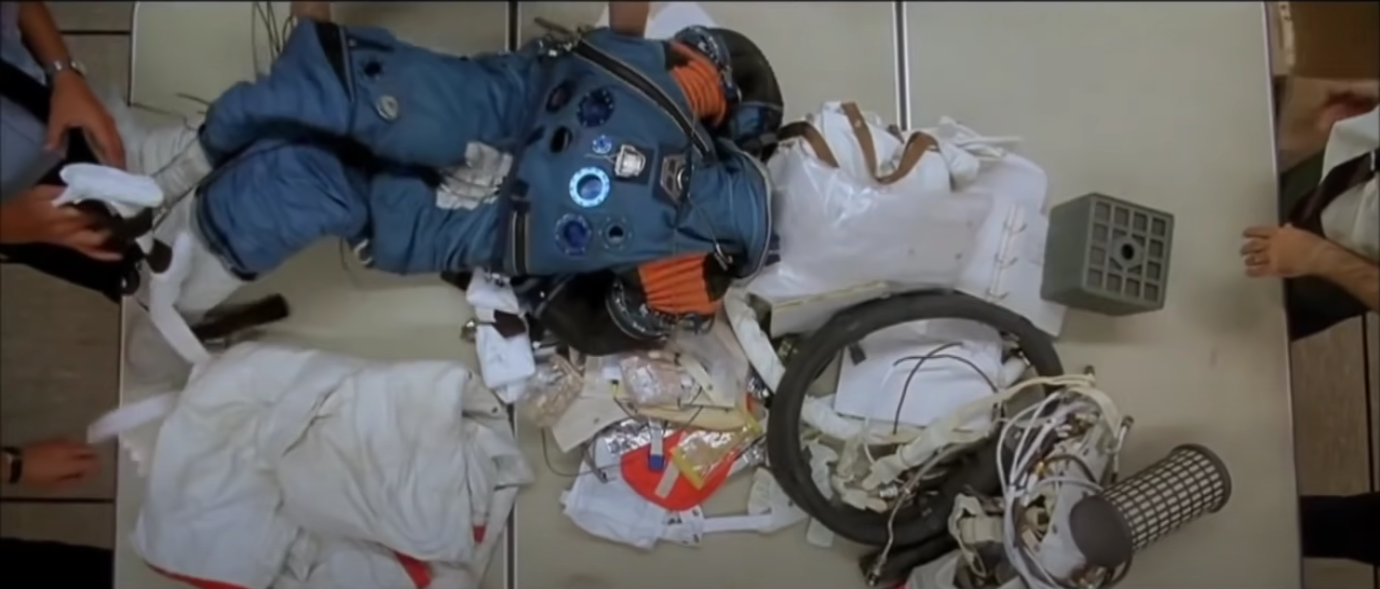
And one of the engineers says:
we've got two find a way to make this, fit into the hole for this, using nothing but that.
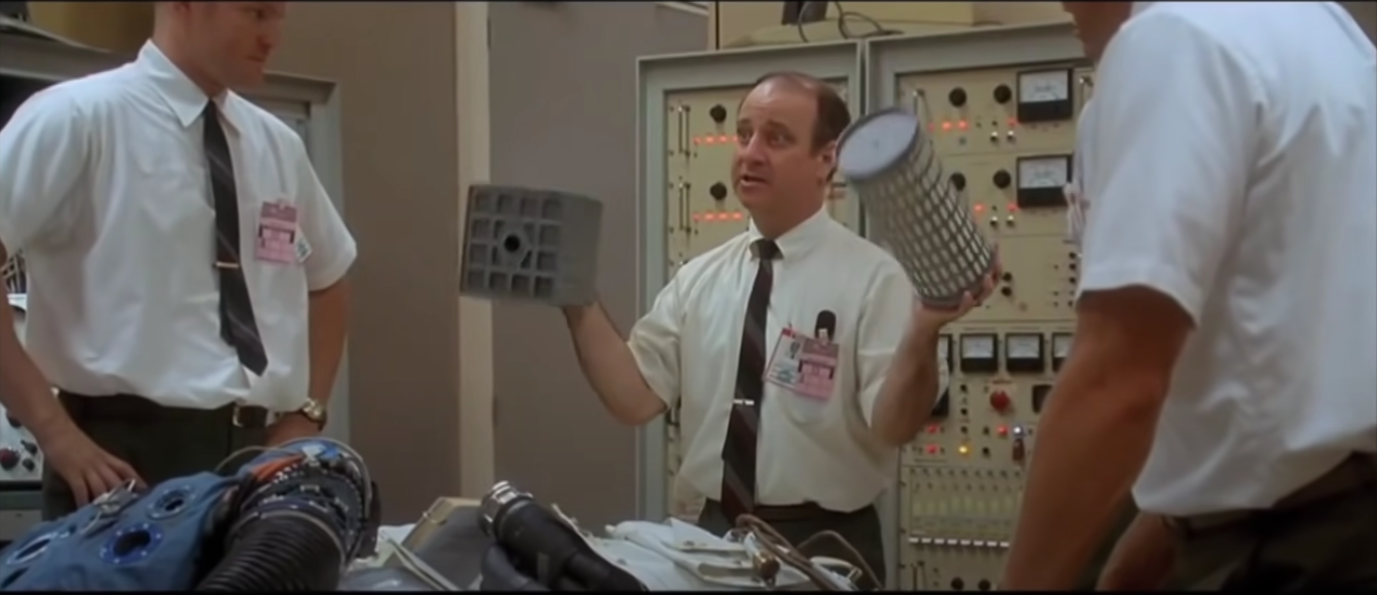
and one more, from a product discussion on HackerNews:
One of the psych principles I used to lecture about often in my keynotes was on boundaries as freeing, and discussed an experiment where children clustered around the sandbox in a playground with no fence, but used the entire playground area when there was a fence.
Parity isn't simply the availability of identical features - sometimes it's also the lack of the other features, for both the users and the developers working on the product.
-
If you want to you can constrain notes even more, and look at how much creativity you get, from Hit Makers:
There is a popular online video called “4 Chords,” with more than thirty million views, in which the musical comedy group the Axis of Awesome cycles through dozens of songs built on the same four chords—I–V–vi–IV. (In the key of C-major, that progression is C–G–Am–F.) This chord progression is the backbone of dozens of classics, including oldie hits (the Beatles’ “Let It Be”), karaoke pop (Journey’s “Don’t Stop Believin’”), country sing-along (John Denver’s “Take Me Home, Country Roads”), arena rock (U2’ s “With or Without You”), animated musical (The Lion King’s “Can You Feel the Love Tonight”), acoustic pop (Jason Mraz’s “I’m Yours”), reggae (Bob Marley’s “No Woman, No Cry”), and modern dance pop (Lady Gaga’s “Paparazzi”).
In 2012, Spanish researchers released a study that looked at 464,411 popular recordings around the world between 1955 and 2010 and found the difference between new hits and old hits wasn’t more complicated chord structures. Instead, it was new instrumentation bringing a fresh sound to “common harmonic progressions.” Several music critics use videos like “4 Chords” to argue that pop music is simply derivative. But this seems backward. First, if the purpose of music is to move people, and people are moved by that which is sneakily familiar, then creative people should aspire for a blend of originality and derivation. Second, it’s simply wrong to say that all I–V–vi–IV songs sound the same. “Don’t Stop Believin’” and “No Woman, No Cry” and “Paparazzi” don’t sound anything alike. These songwriters aren’t retracing each other’s steps. They’re more like clever cartographers, each given an enormous map, plotting new routes home.

